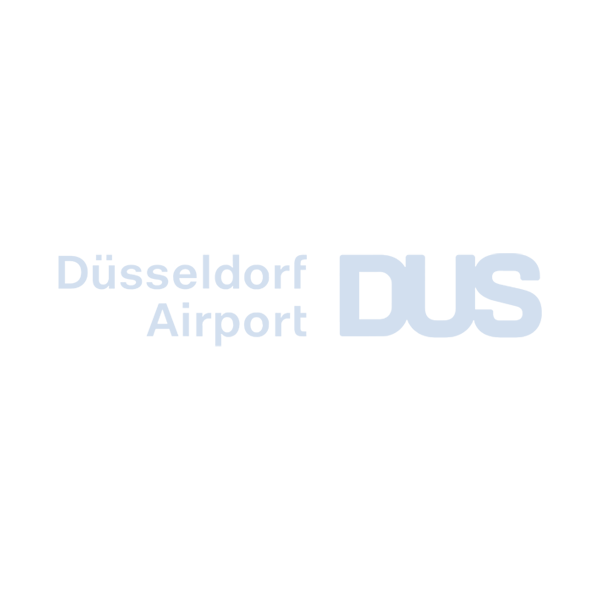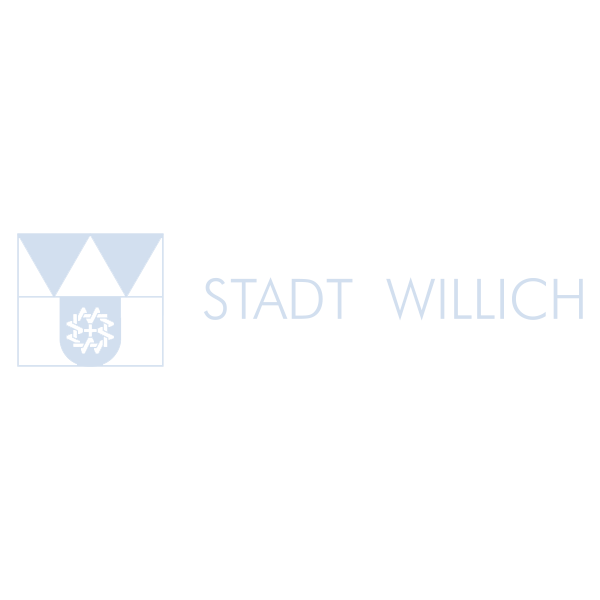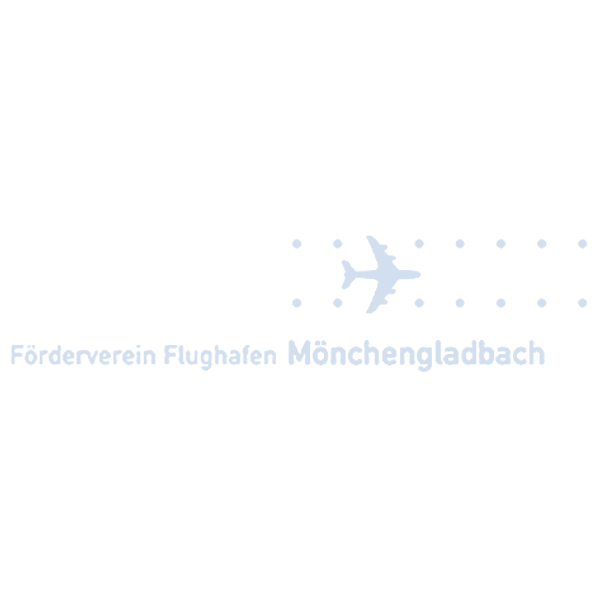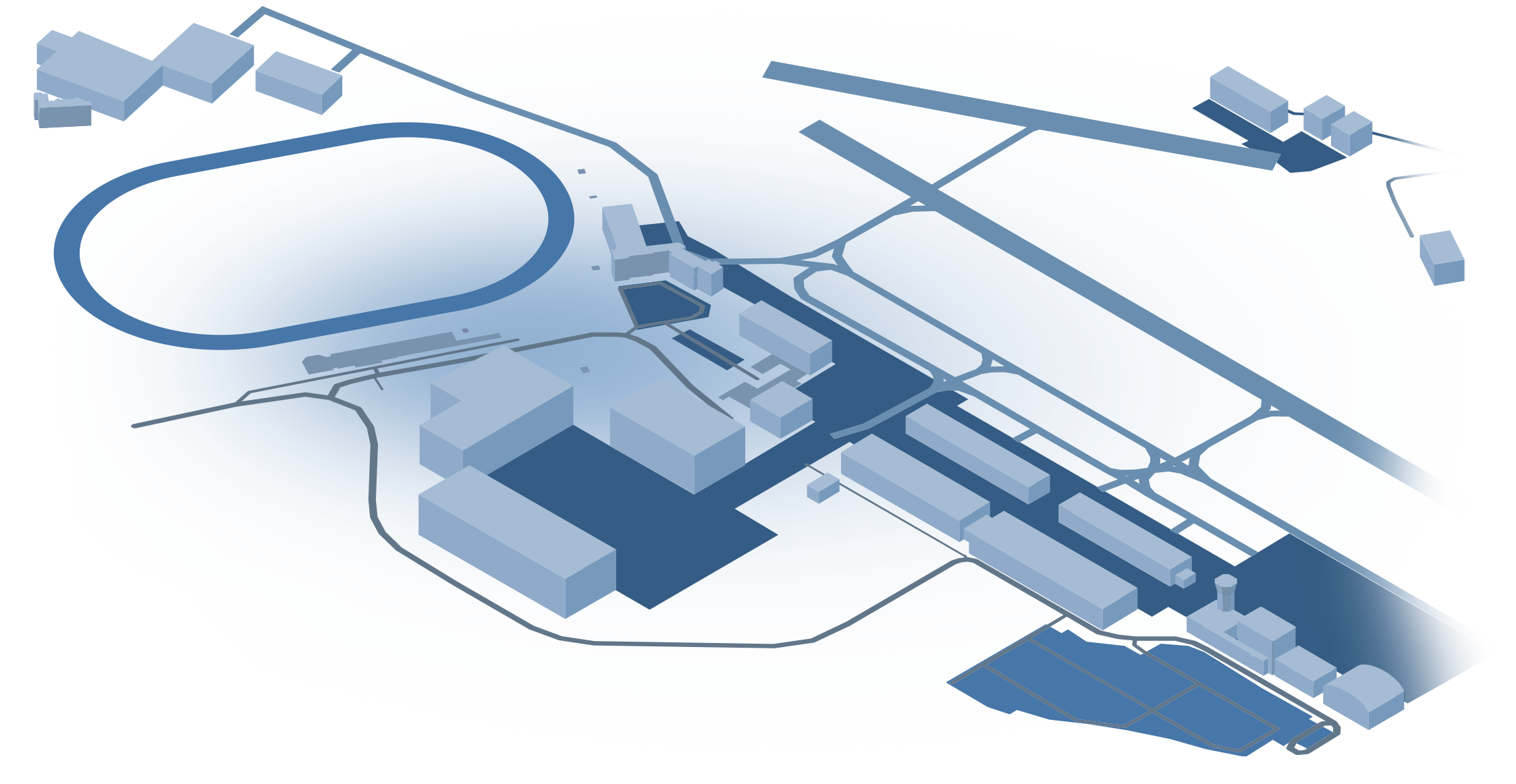Innovation
MGL serves as a real-life laboratory for innovative aviation and provides important answers to the question of sustainable air mobility. With research projects on electric air taxis, alternative propulsion technologies, and airspace integration, Mönchengladbach Airport is contributing to the mobility transition and decarbonisation in aviation. With an ideal infrastructure offering significant potential for an innovative aviation cluster, supported charging infrastructure for aircraft powered by its own photovoltaic system, and innovative local partners, MGL is a key factor in advancing innovative approaches in aviation.
Electric flying
FH Aachen and Mönchengladbach Airport (MGL) have intensified their cooperation in the field of electric flying and successfully completed the first test flight of a manned electric aircraft (Pipistrel Velis Electro) from Aachen to Mönchengladbach. The route is well suited due to the distance and the range of the batteries and provides important insights for future applications of electric aircraft in densely populated areas such as SkyCab.
.
.
In addition to research, electric flying is already a topic in pilot training today. MGL offers optimal conditions, as it already has a training focus with corresponding infrastructure in collaboration with several local flight schools. The advantage: Electric aircraft are not only good for the climate, but they are also significantly quieter than conventionally powered aircraft. With more than 100 take-offs and landings a day at MGL, this is a compelling argument for both employees and residents alike. Together with the local flight schools, MGL is exploring suitable applications for electric aircraft that can be recharged on site. With a battery charger powered by its own green photovoltaic energy, Mönchengladbach Airport is helping to make NRW a hub for green mobility and electric flying.
Drones & air taxis
In the future, new aircraft such as drones and air taxis will increasingly use our airspace. At Mönchengladbach Airport, procedures are being researched, developed, and rigorously tested to ensure that manned and unmanned aircraft can operate undisturbed during regular operations. These efforts actively contribute to safe flight operations.
In addition, drone remote pilots can attend training sessions here and take the official exam to obtain the EU Remote Pilot Certificate A2 according to the Air Traffic Regulations. Examination dates can be booked via the calendar.
Alternative Propulsion
Climate-neutral mobility can only be achieved with new, innovative propulsion systems. This is the focus of the OpAL research project (Operational Impacts of New Propulsion Systems in Aviation). Together with renowned consortium partners such as Boeing, SAP, Rolls Royce, and the Technical Universities od Braunschweig and Darmstadt, Mönchengladbach Airport is researching on procedures and processes for CO2-neutral propulsion systems using fuel cells, hydrogen, and electricity. This includes questions of logistics (supply vehicles and refueling) as well as the development of ground-based processes, emergency management, and structural requirements for vertiports for air taxis. In this way, MGL is shaping the transition to a zero-emission aviation ecosystem: it is gradually transforming its traditional operations into an innovative concept and defining sustainable value chains at the airport and in the associated aviation-related companies.
Sustainability
MGL systematically invests in research into carbon-neutral flying and the corresponding equipment at the airport. The aim is to make the airport itself as sustainable as possible. Already today, 350 solar modules on the roof of Hangar 7 produce nearly 200,000 kWh (as of 03/2024) of green electricity, which is used to power the airfield’s battery chargers in a climate-neutral manner. Additional areas for photovoltaics are under consideration. In addition, the apron lighting, the largest energy consumer, has been switched to LED.
Even More “E” at MGL
There are four E-charging stations available in the parking lot in front of the terminal, providing space for up to eight vehicles. Additionally, two more charging stations are located in the parking lot of the flight schools (Am Flughafen 20, 41066 Mönchengladbach), covering the needs of four vehicles.


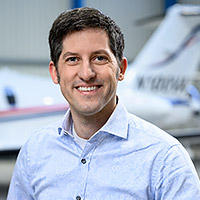
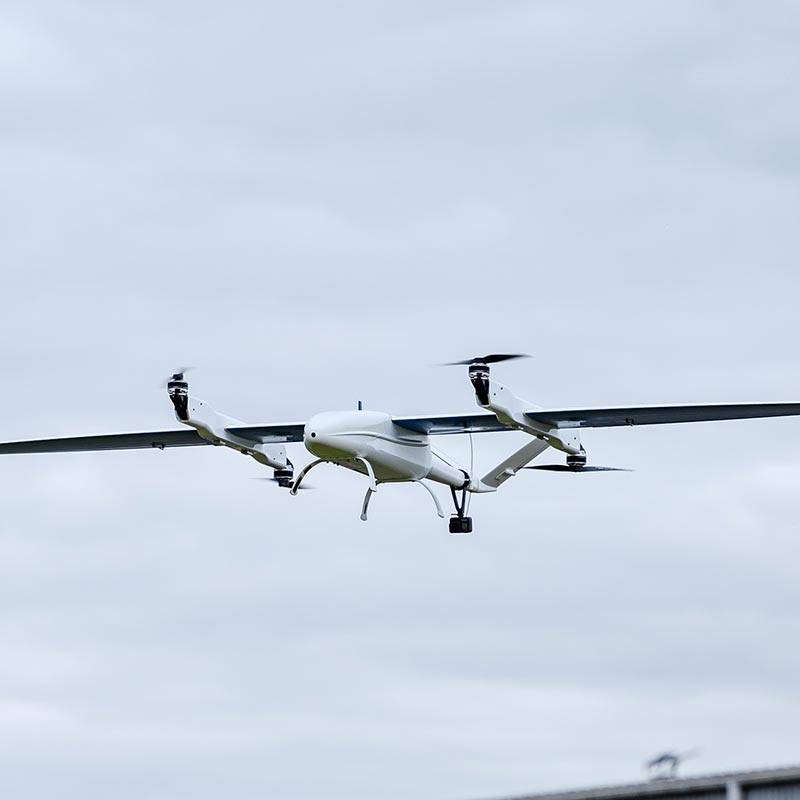
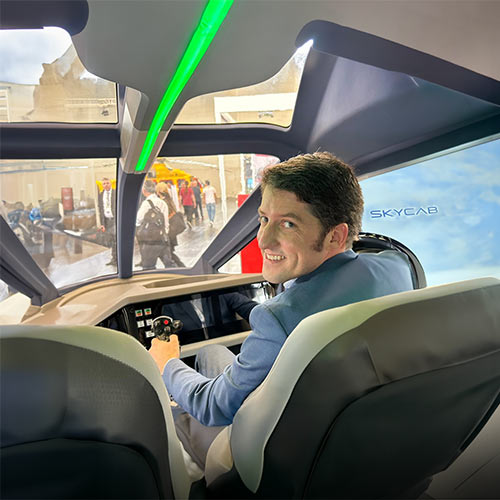 How can an air taxi navigate safely in active airspace and be integrated into the city’s mobility infrastructure? To answer this question, Mönchengladbach Airport has become a partner in the interdisciplinary research project
How can an air taxi navigate safely in active airspace and be integrated into the city’s mobility infrastructure? To answer this question, Mönchengladbach Airport has become a partner in the interdisciplinary research project 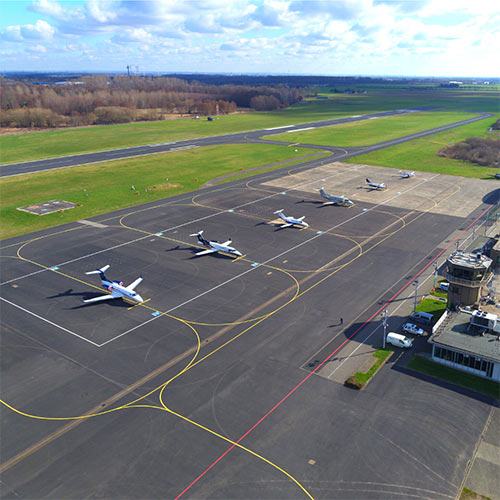 The research continues with the SkyTRACKplus project, funded by the Federal Ministry of Digital and Transport. A consortium led by Mönchengladbach Airport (MGL) is developing and testing procedures for integrating new mobility concepts into existing airspace. MGL is investing in a robust flight operations concept for the safe, predictable and weather-independent parallel operation of manned and unmanned aircraft. This includes the creation of published and controlled flight procedures for air taxis and drones in collaboration with air traffic control and testing with a drone. Highly automated and digitally connected, these procedures will reduce the CO2 footprint through electrified flying and optimised route and flight management, significantly reducing noise emissions, particularly in urban areas. There is currently no widespread tracking or air traffic control solution below the minimum radar surveillance altitude. The integration into the challenging air traffic system with high traffic and airport density will be developed based on a sample route between the airports Mönchengladbach and Paderborn with stopovers in urban and rural areas. The result will subsequently be available to all airspace users as a public good.
The research continues with the SkyTRACKplus project, funded by the Federal Ministry of Digital and Transport. A consortium led by Mönchengladbach Airport (MGL) is developing and testing procedures for integrating new mobility concepts into existing airspace. MGL is investing in a robust flight operations concept for the safe, predictable and weather-independent parallel operation of manned and unmanned aircraft. This includes the creation of published and controlled flight procedures for air taxis and drones in collaboration with air traffic control and testing with a drone. Highly automated and digitally connected, these procedures will reduce the CO2 footprint through electrified flying and optimised route and flight management, significantly reducing noise emissions, particularly in urban areas. There is currently no widespread tracking or air traffic control solution below the minimum radar surveillance altitude. The integration into the challenging air traffic system with high traffic and airport density will be developed based on a sample route between the airports Mönchengladbach and Paderborn with stopovers in urban and rural areas. The result will subsequently be available to all airspace users as a public good.


